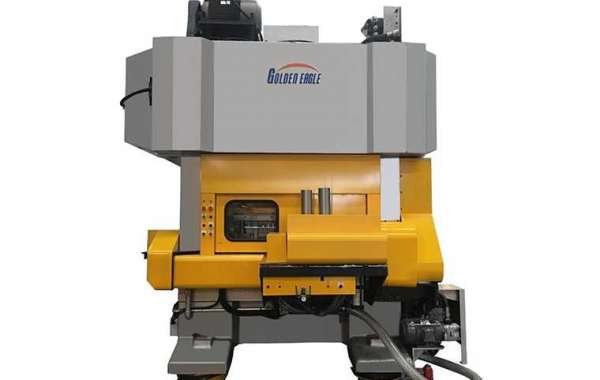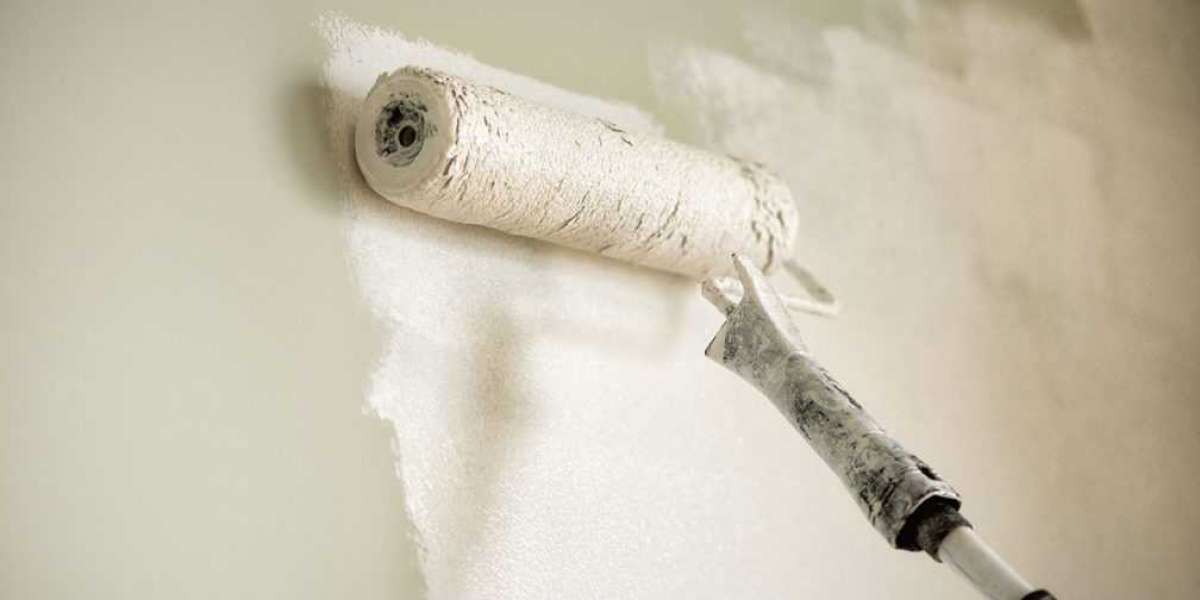The can production line is equipped with seam welding equipment and flanging equipment, which are prepared for the two major processes of welding and flanging of iron cans. Of course, the equipment must be operated correctly and the process must be strictly controlled to avoid problems. So, how to use these two kinds of equipment in the can production line?
Let's talk about the use of seam welding equipment in the can production line. It is necessary to clarify that the electrode pressure has a greater impact on the size of the nugget during seam welding. Too high electrode pressure will make the indentation too deep and accelerate the deformation and wear of the welding wheel; Insufficient pressure will produce shrinkage holes, and will cause the welding wheel to burn out due to excessive contact resistance and shorten its service life.
Therefore, the industrial size of the nugget should be controlled by the welding time, and the overlap amount should be controlled by the cooling time. At a lower welding speed, the ratio of welding to rest time is 1.25:1-2:1, and satisfactory results can be obtained. When the welding speed increases, the distance between the welding points increases. At this time, to obtain welds with the same overlap amount, this ratio must be increased.
Secondly, the welding speed determines the contact area between the welding wheel and the steel plate, and the contact time between the welding wheel and the heating part, thus affecting the heating and heat dissipation of the weld. When the welding speed increases, in order to obtain sufficient heat, the welding current must be increased.
If the can production line is processing galvanized steel, attention should be paid to prevent cracks during seam welding. The key is to select the correct process parameters. Practice has proved that the smaller the penetration rate, the fewer crack defects. When the seam welding speed is high, the heat dissipation conditions are poor, the surface is overheated, and the penetration depth is large, which is easy to produce cracks.
At present, there are roughly two process methods for the flanging process of the domestic canning industry production line, one is rolling flanging; the other is mold flanging. Although the two flanging methods are different, the results are basically the same. Analyzed from the perspective of actual production, flanging cracks are related to flanging angle, arc, and flanging speed.
Depending on the different can production lines, there are more and different flanging angles. In comparison, the larger the flanging angle, the smaller the diameter of the flanging edge and the smaller the relative deformation. It is not easy to flanging. rupture. In addition, the time of the flanging process is also one of the factors affecting flanging cracks.
If the flanging equipment in the can production line is slower, the force transmission is softer, so the possibility of cracking is much smaller, reducing the occurrence of flanging quality problems.
Welcome to contact us if you are interested in Tinplate can making machinery production line!






